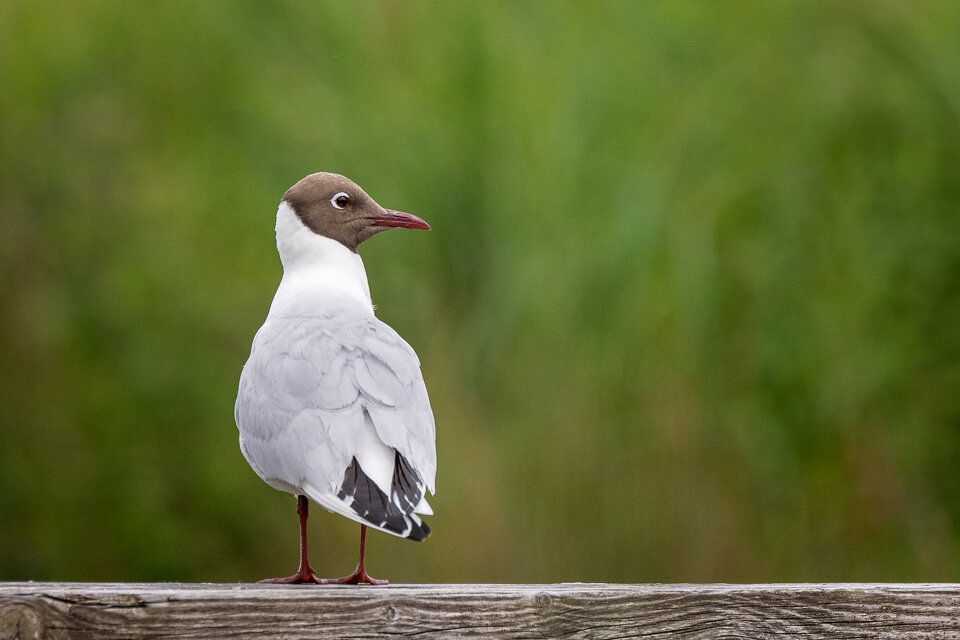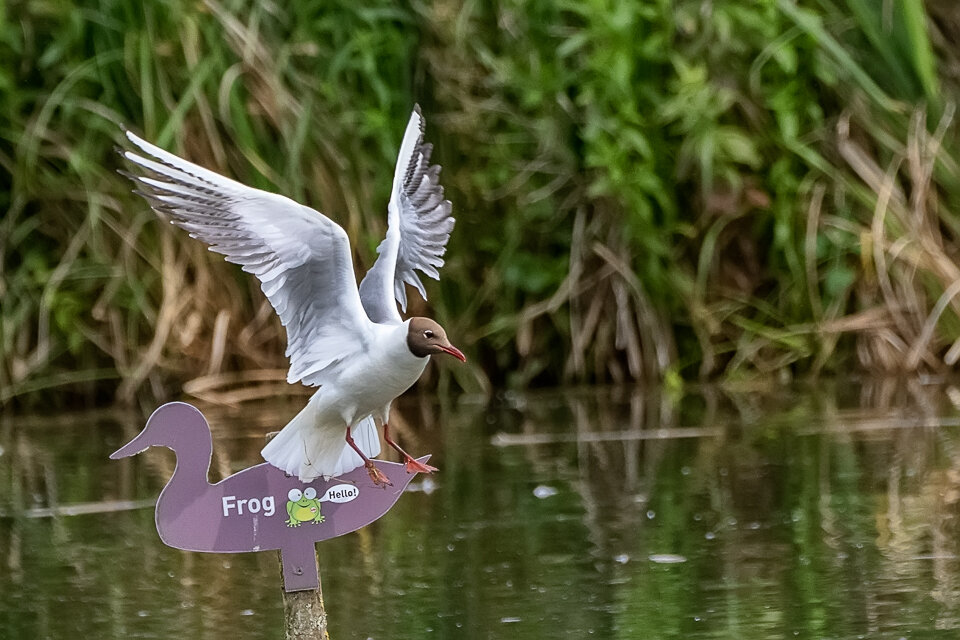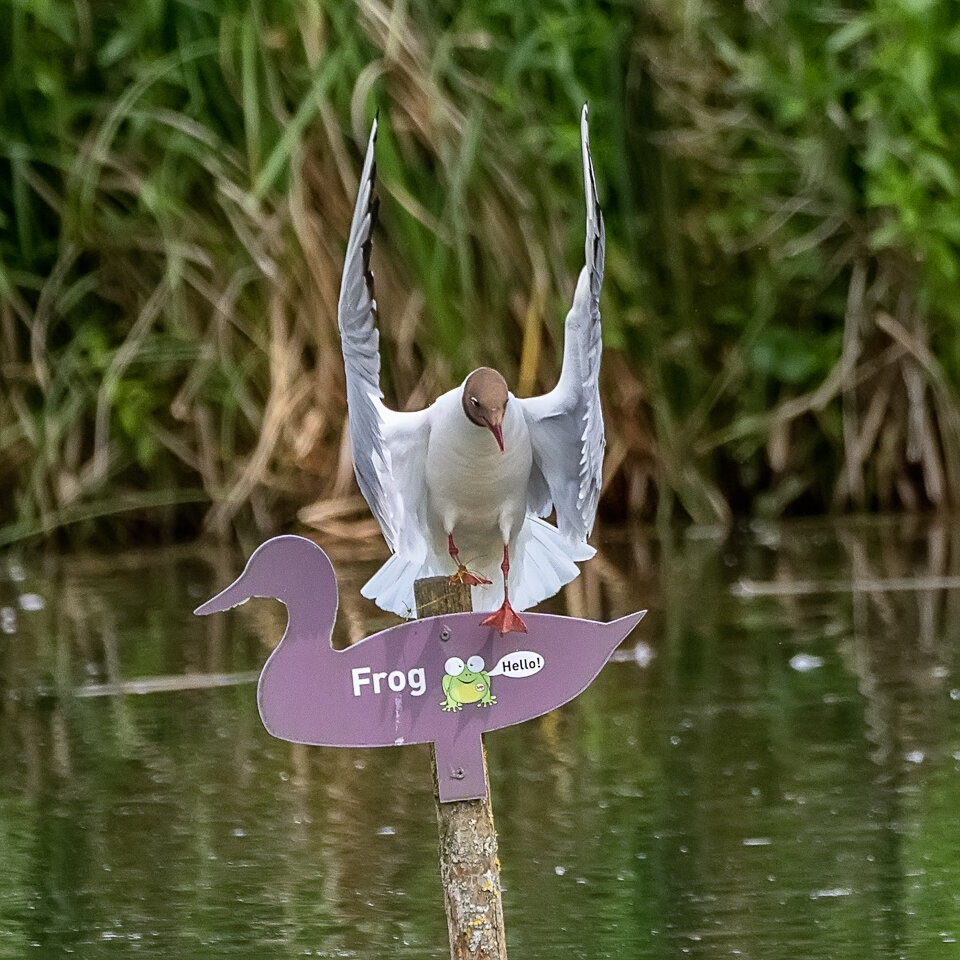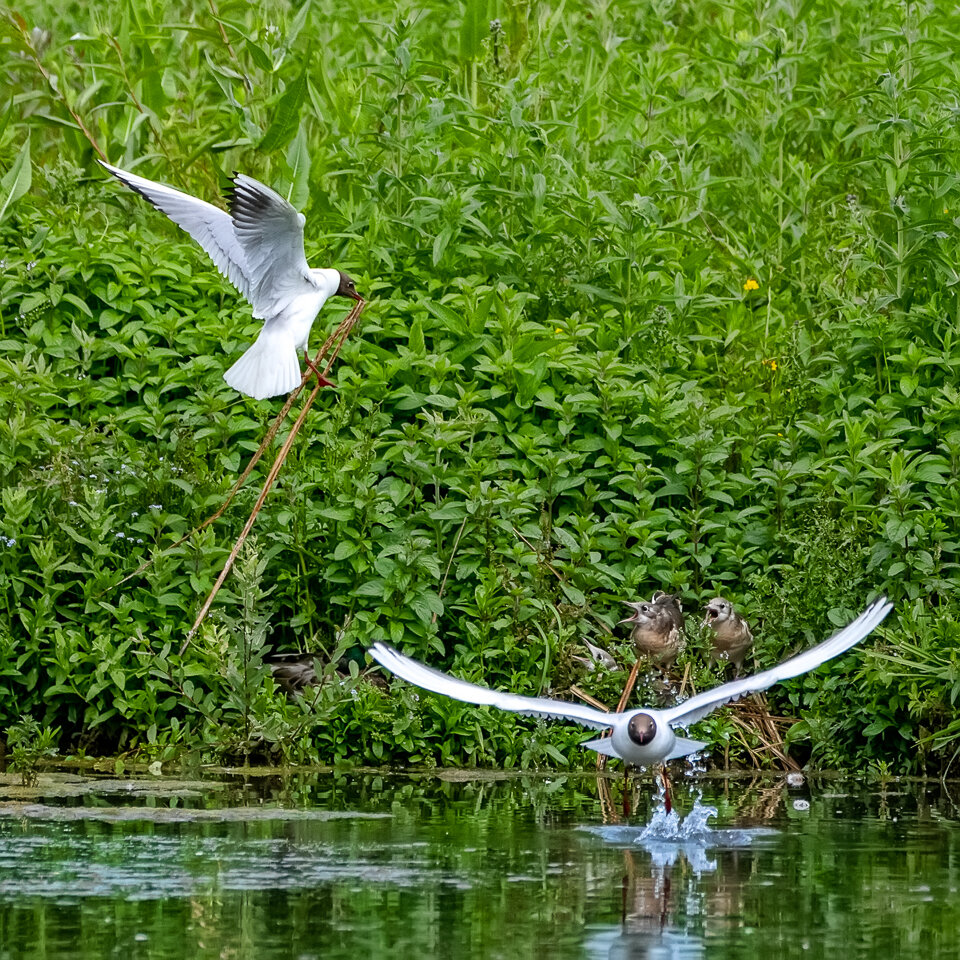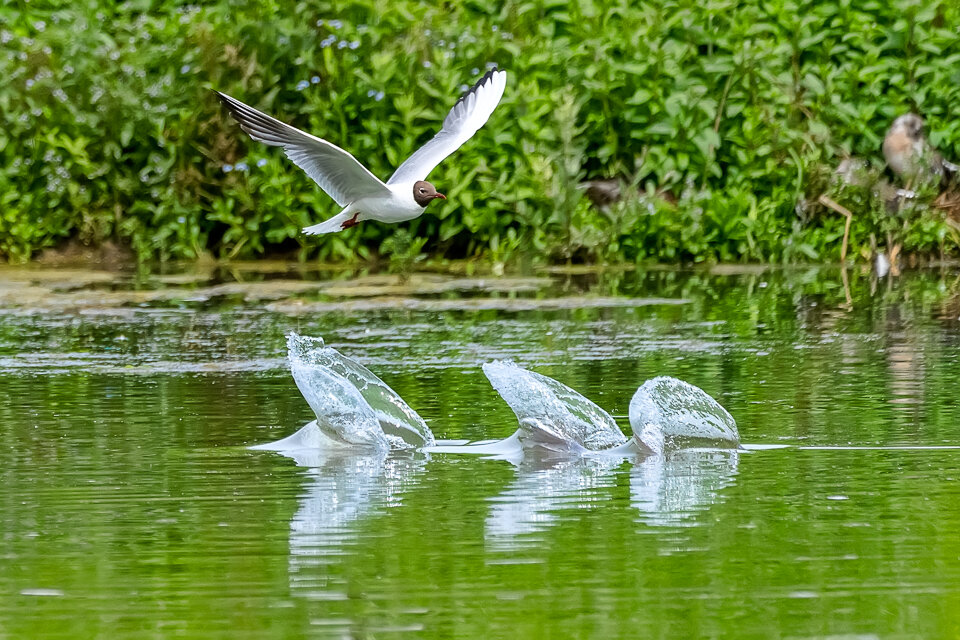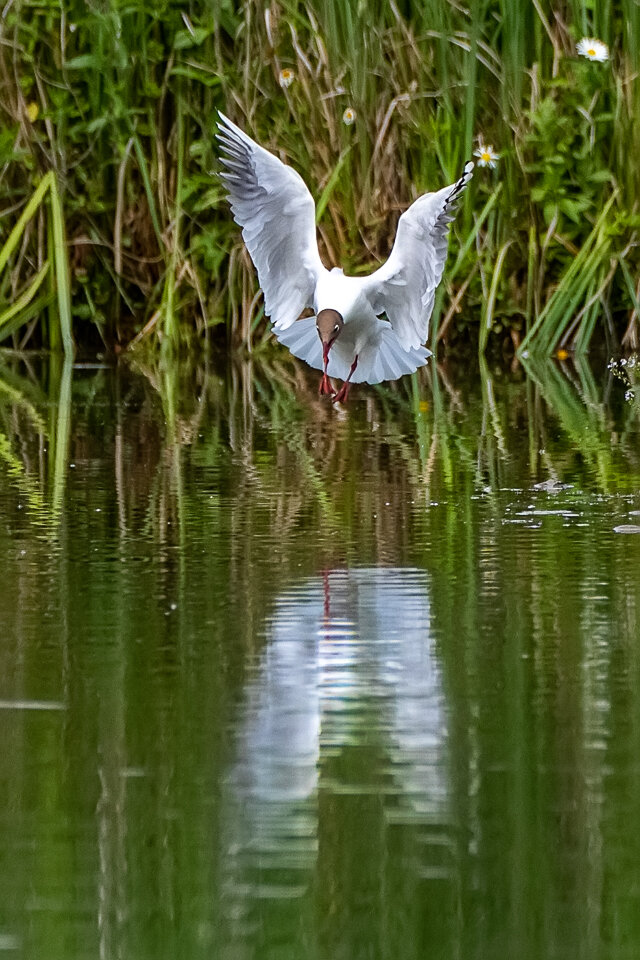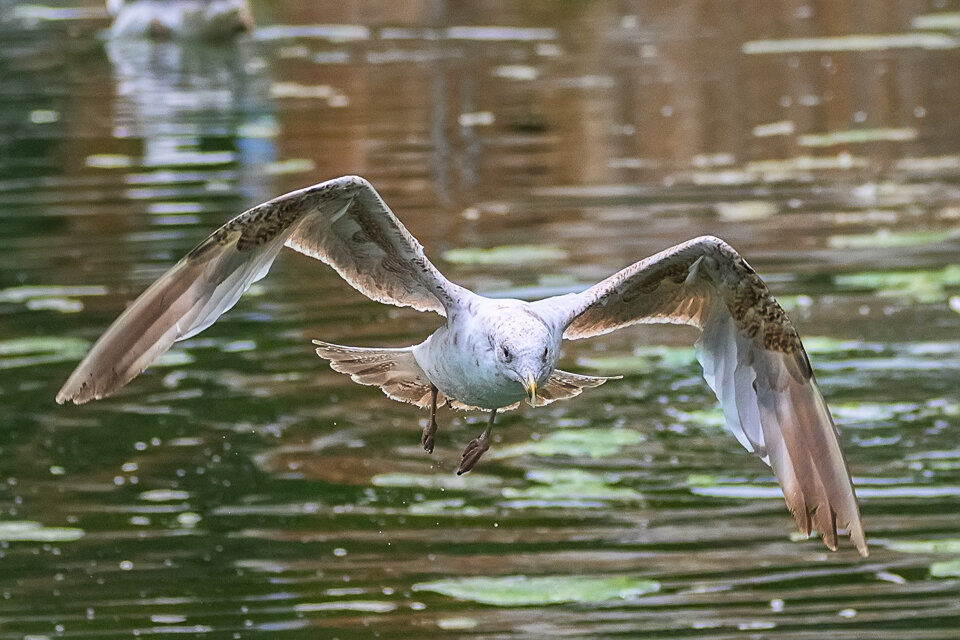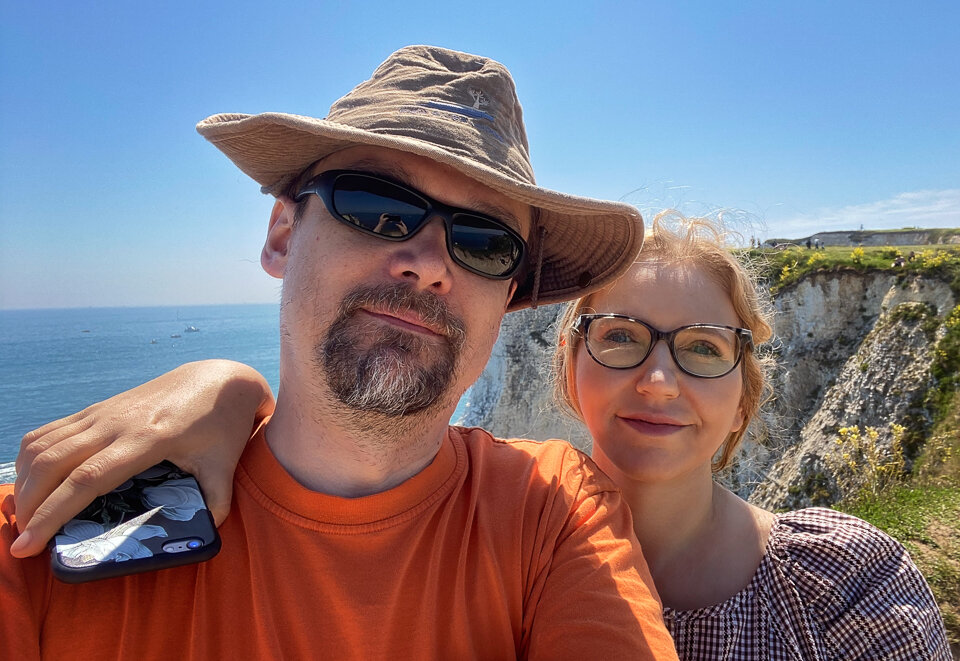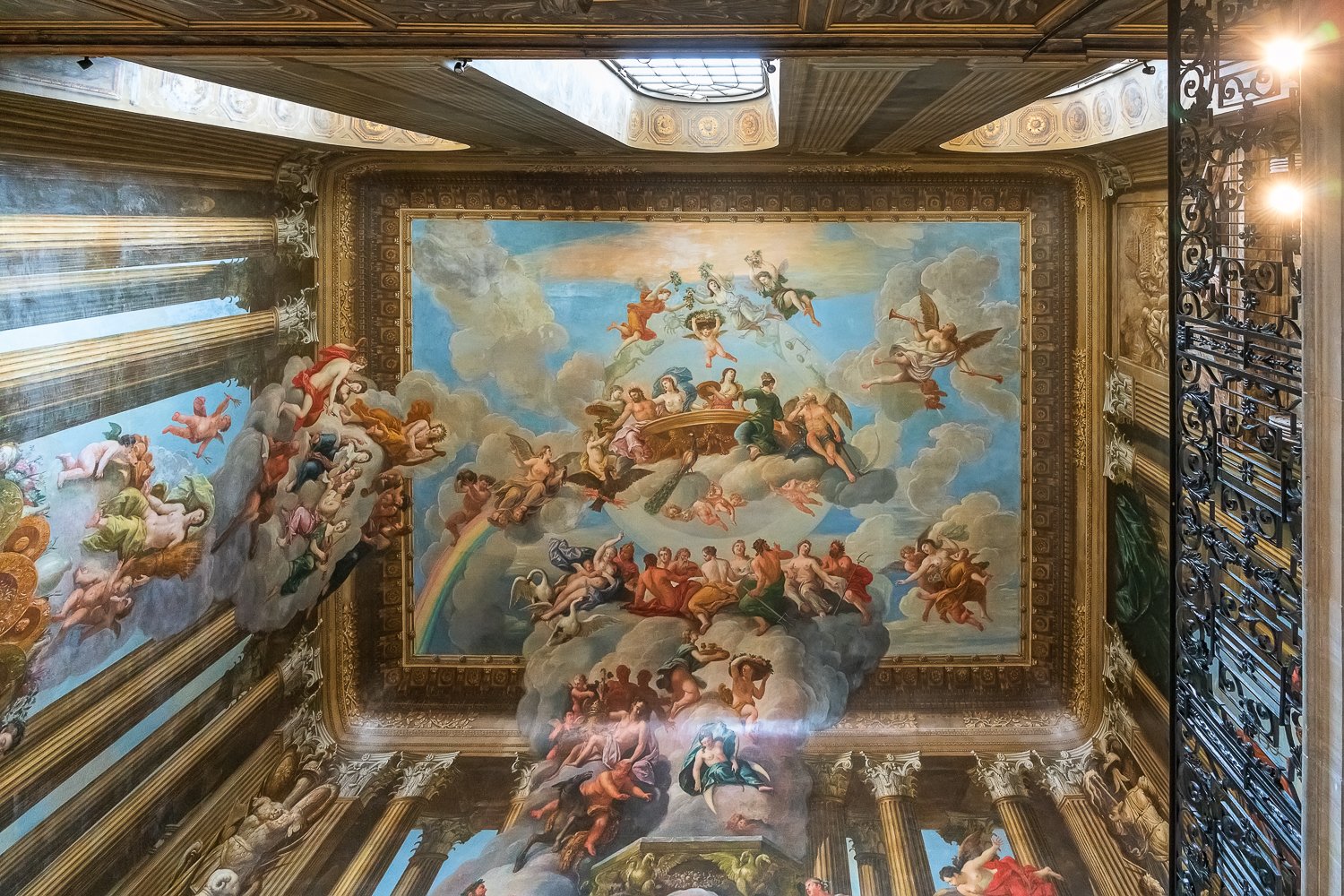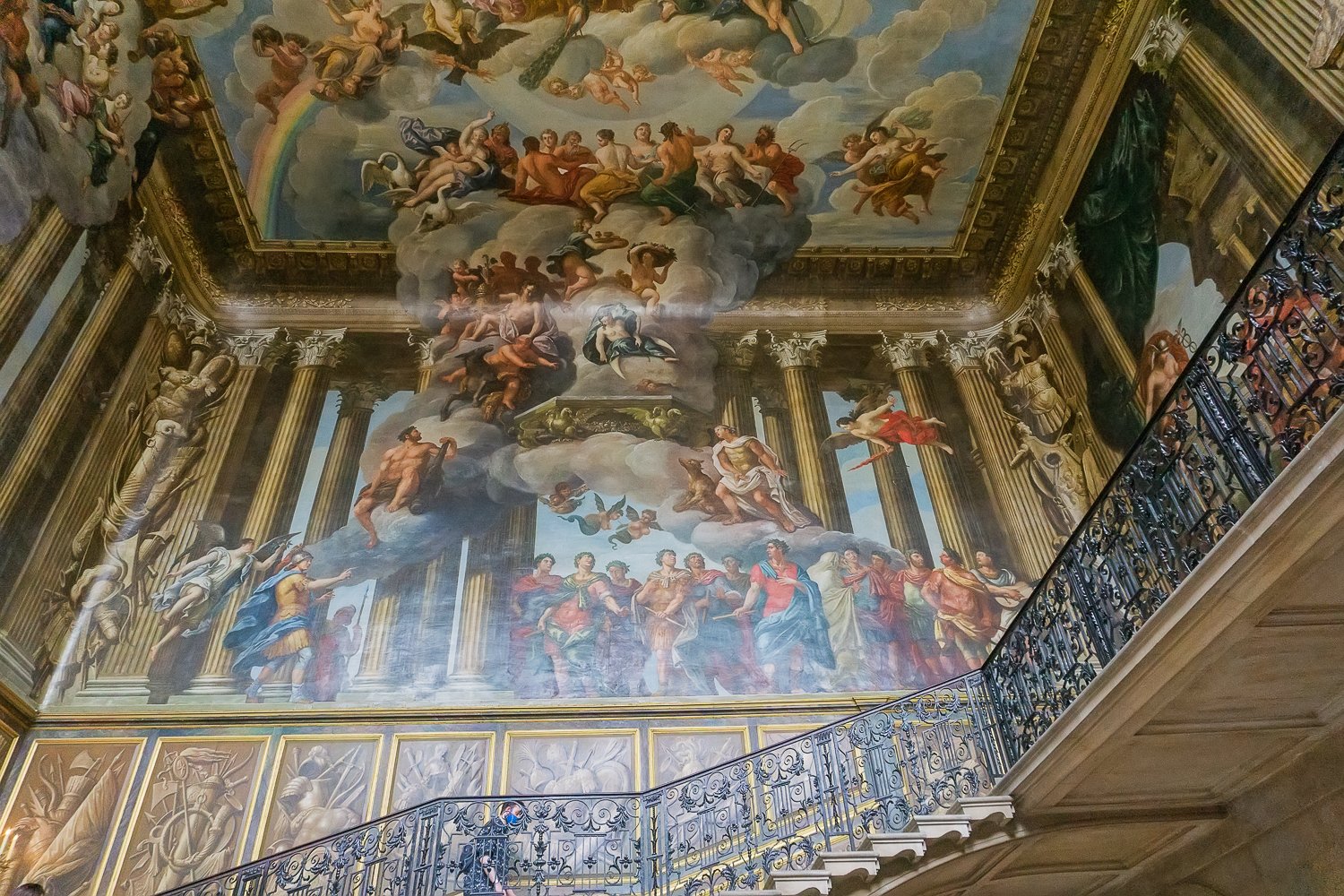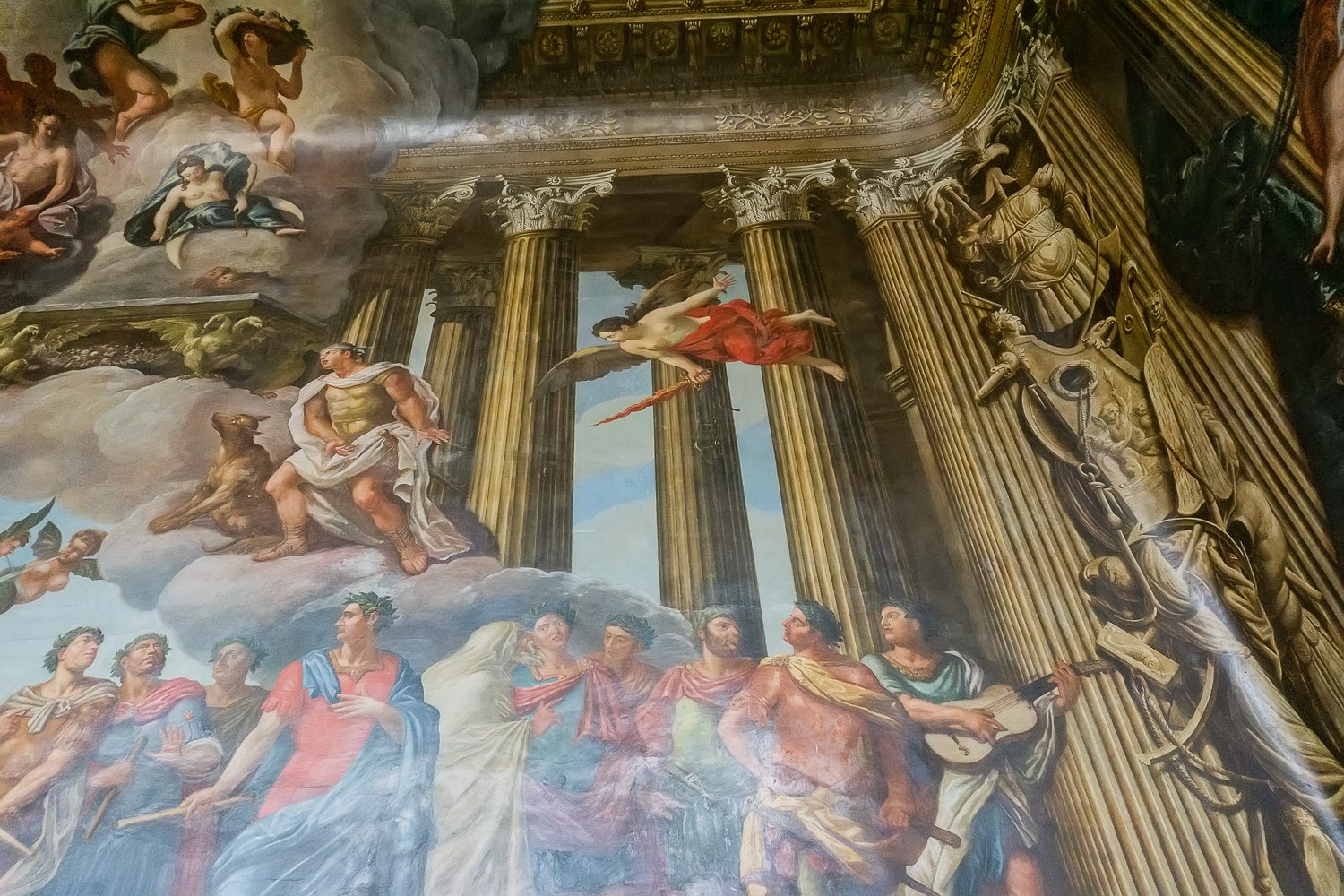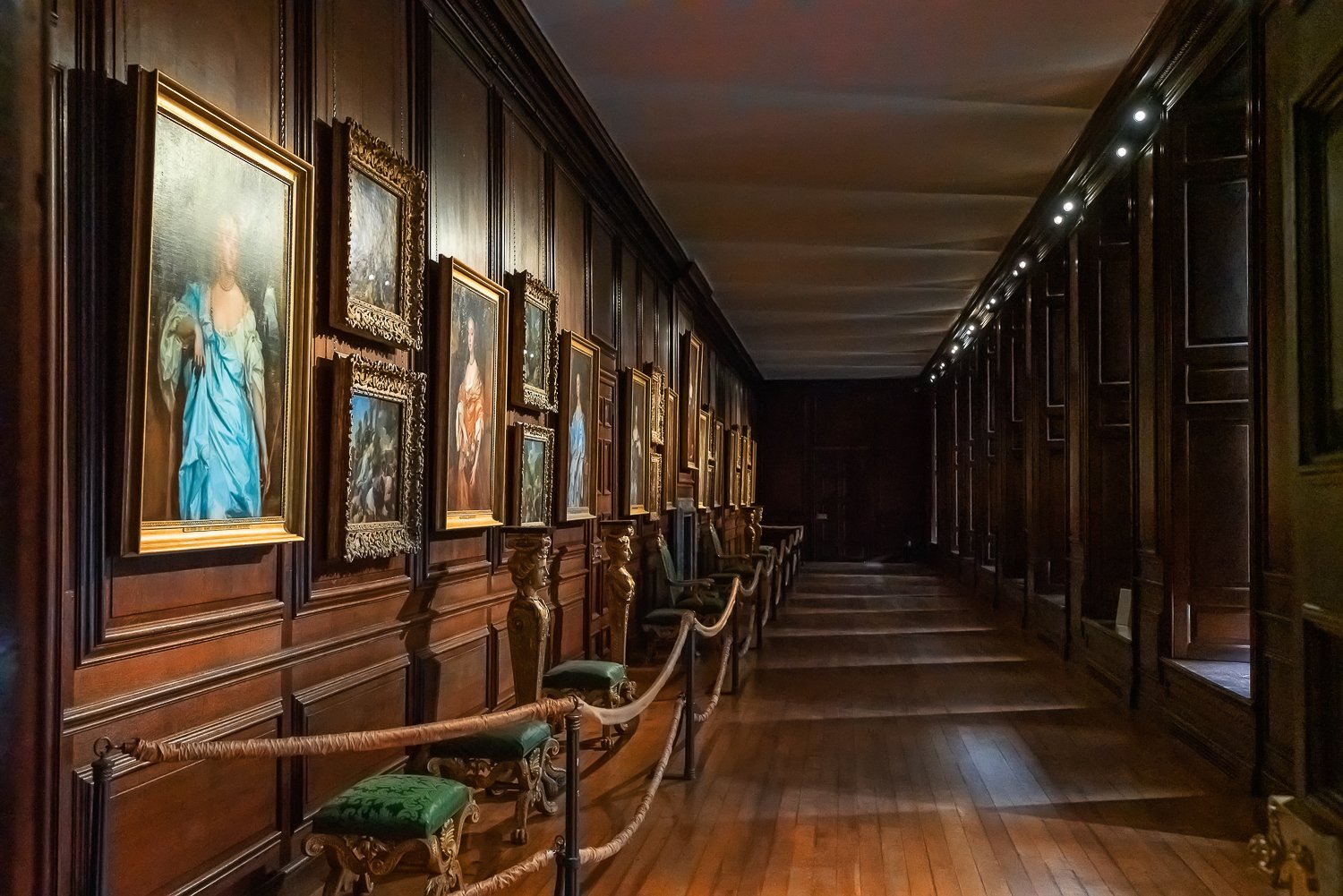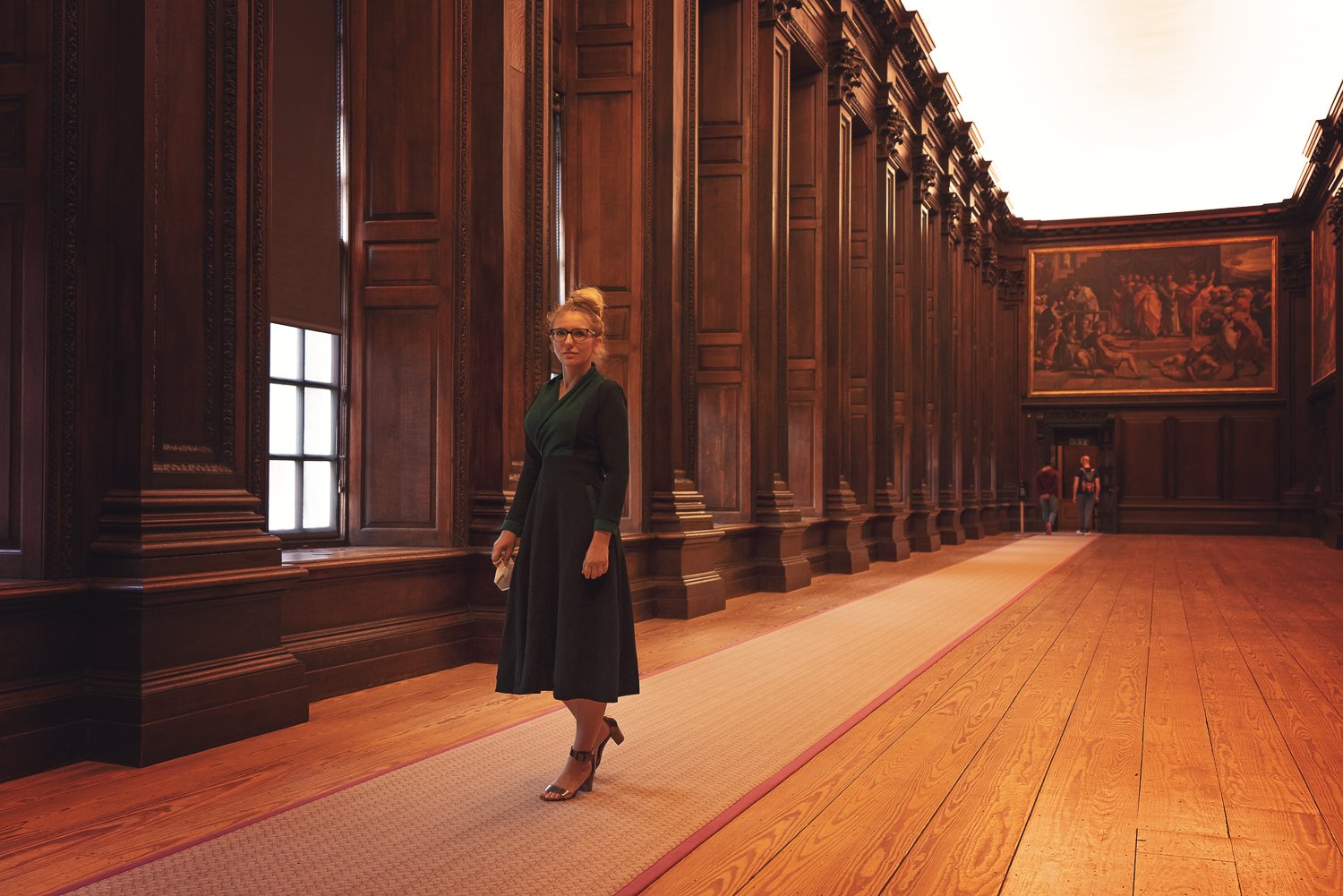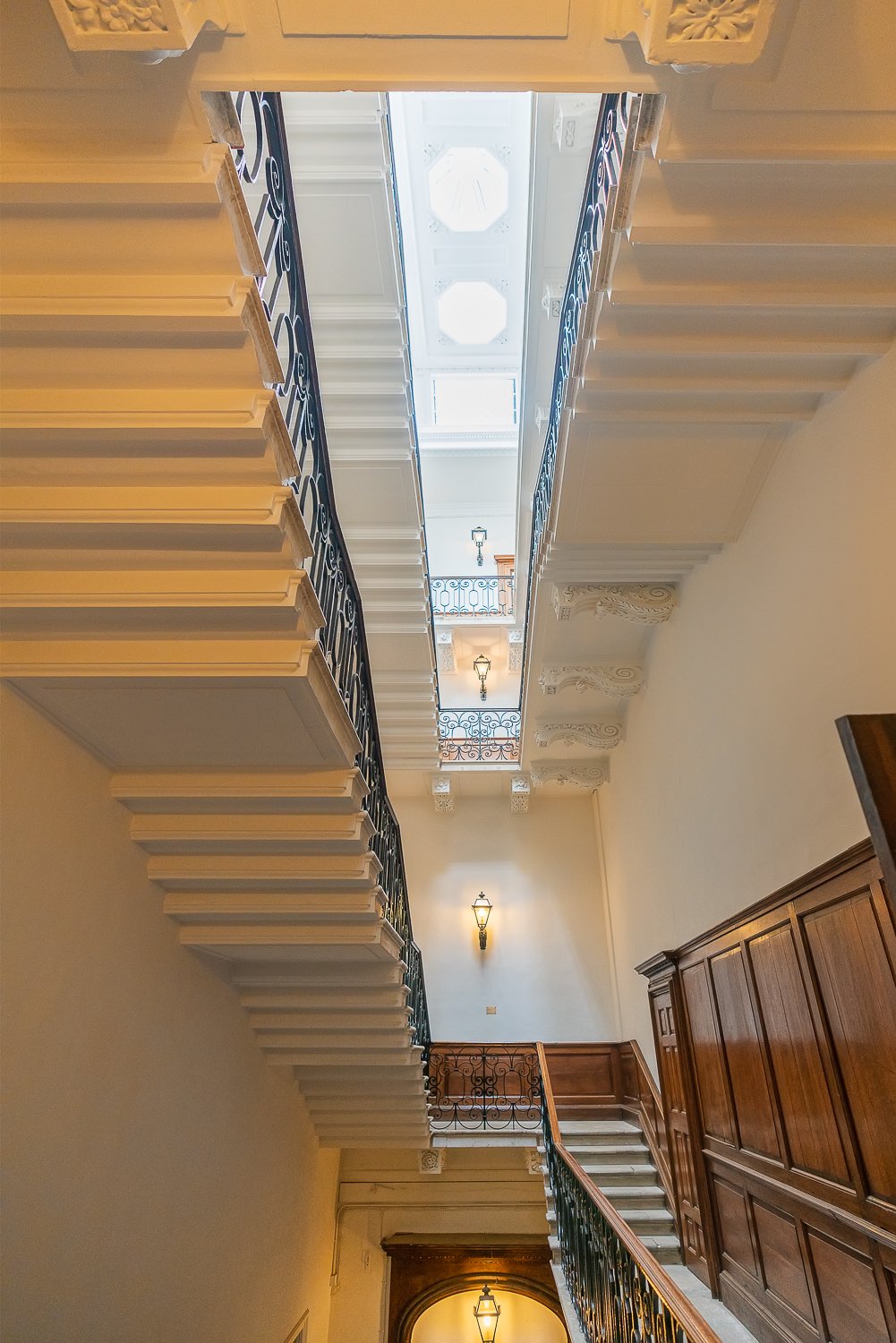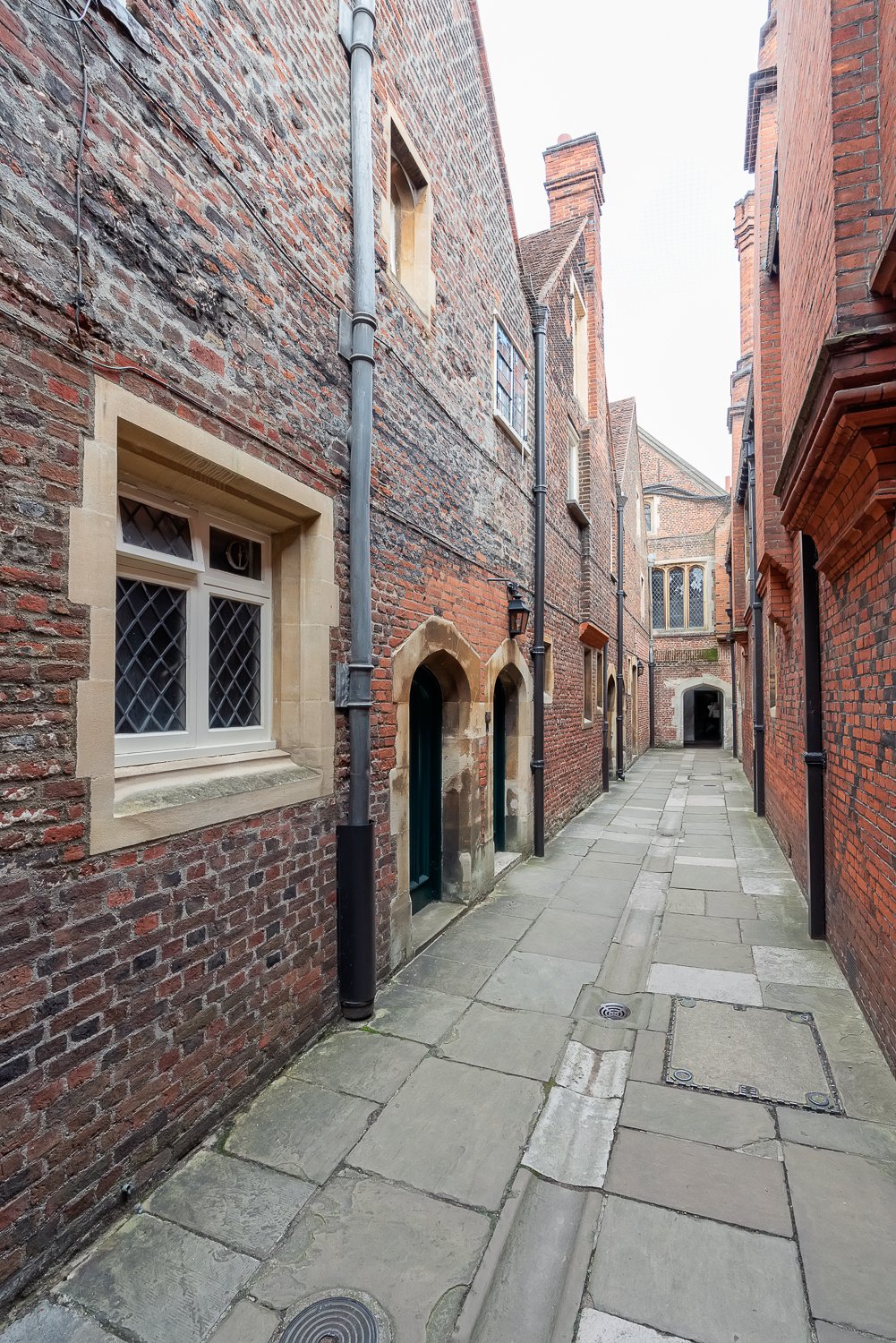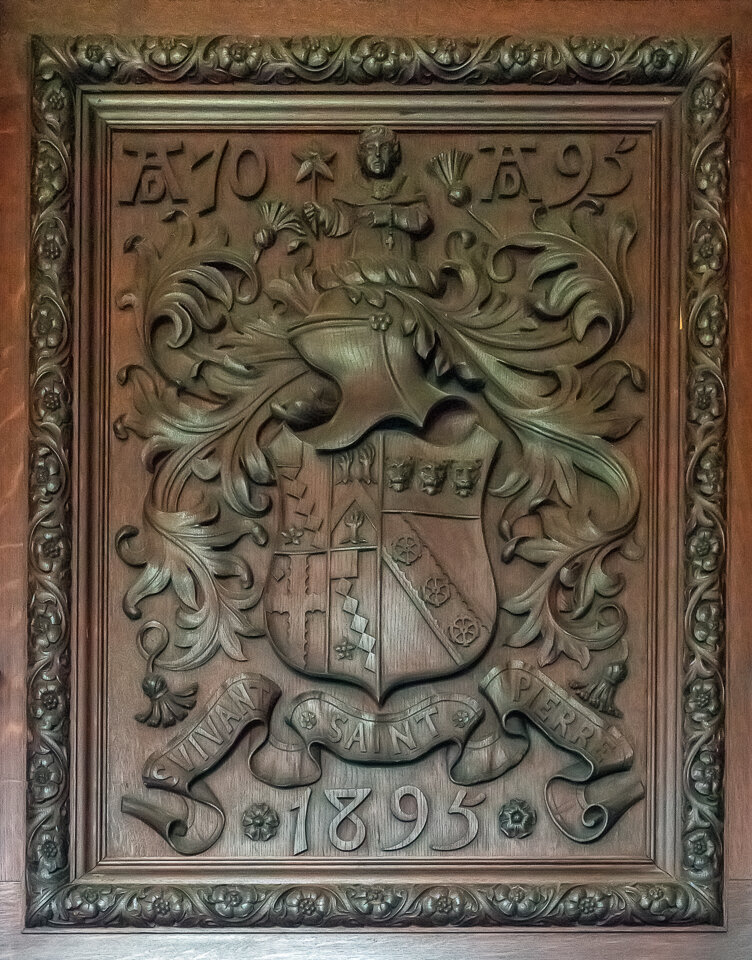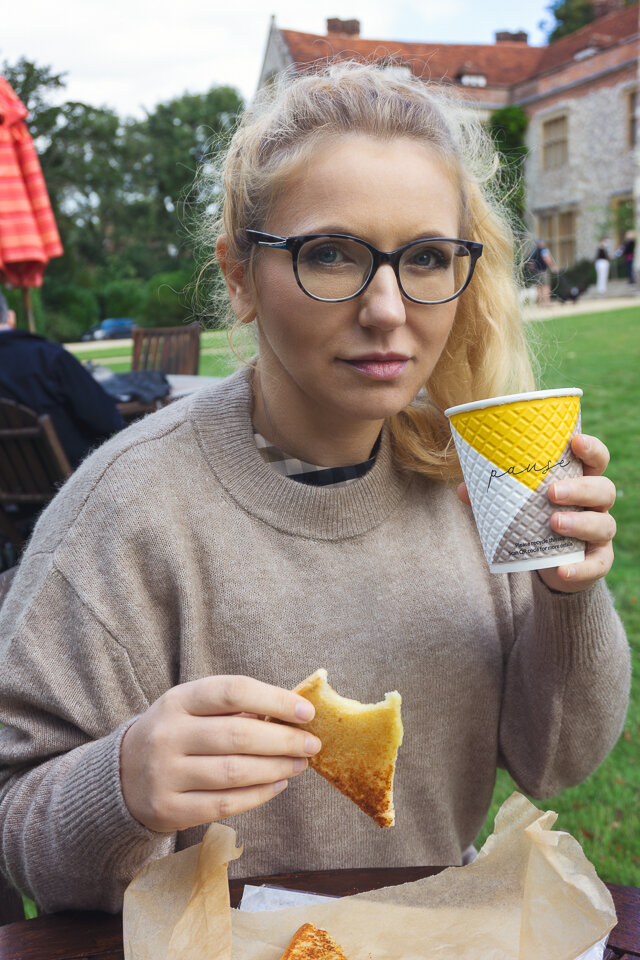“If rainforests are the lungs of the planet, then wetlands are the lifeblood”, says the Arundel WWT website, and yet since 1970 we have lost 35% of wetlands globally. According to research, from 1900 we lost up to 71% of all wetlands, and up to 81% from 1700. It is easy to notice that there has been a much faster rate of this loss during the 20th and 21st centuries.
„Jeśli lasy deszczowe są płucami planety, to tereny podmokłe są życiodajna krwią”, mówi strona internetowa Arundel WWT, a jednak od 1970 roku straciliśmy 35% terenów podmokłych na całym świecie. Według badań od 1900 roku straciliśmy aż 71% wszystkich terenów podmokłych, a od 1700 aż 81%. Łatwo zauważyć, że w XX i XXI wieku tempo tych strat jest znacznie szybsze.
And as such, supporting organisations like WWT becomes more and more important. We have been members of the WWT for quite a few years and now we still visit it from time to time. Here is a photo report from this Summer visit.
W związku z tym wspieranie organizacji takich jak WWT staje się coraz ważniejsze. Byliśmy członkami WWT przez ponad 10 lat, a teraz wciąż je odwiedzamy. Ten wpis będzie wiec fotorelacją z naszej letniej wizyty.
Black-headed gulls as you maybe have guessed… no, actually they do not have black heads, but chocolate brown ones (from far away they may look black…). Sometimes. At the other times (think winter) their heads are white. Their mating look, apart from easy to spot brown head, is characterised by a greyish top of the body and wings (with black endings). Underbelly, neck and tail are white, legs and beaks are red. In winter they just have a grey spot around ears and beaks have black tips.
They are noisy, talkative, and sociable if somewhat quarrelsome. A warning: this section will be image-heavy.
Mewy śmieszki, po angielsku znane jako mewy czarnogłowe jak można się domyślić… nie, one wcale nie mają czarnych głów, tylko czekoladowobrązowe (z daleka mogą wyglądać czarne…). I to tez tylko czasami. Bo czasami (pomyśl zima)) ich głowy są białe. Ich godowy wygląd, poza łatwo dostrzegalną brązową głową, charakteryzuje się szarawym czy popielatym grzbietem i skrzydlani, z czarnymi koncami lotek. Podbrzusze, szyja i ogon są białe, nogi i dzioby czerwone. Wokół oczu begnie mały, wąski, biały pasek, przerwany z przodu. W szacie spoczynkowej (pozna jesien i zima) mają biale glowy z jedynie szarą plamką wokół uszu, a ich dzioby mają czarne końcówki.
Śmieszki są hałaśliwe, rozmowne (stad ich polska nazwa) i towarzyskie, choć także nieco kłótliwe. Małe ostrzeżenie: w tej galerii będzie (za) dużo zdjęć…
With their red faces and bright yellow wing patches goldfinches are also easily recognisable. They have long beaks that help them to extract seeds from thistles and teasels. Just as easy to identify is a blue tit - green and yellow with a blue hat, white cheeks and a l white cheeks.
Jaskrawo czerwone głowy i jasnożółte łaty na skrzydłach sprawiają, ze szczygły są łatwe do rozpoznania. Mają one relatywnie długie dzioby, które pomagają im wydobywać nasiona z ostu i szczeci. Równie łatwa do zidentyfikowania jest sikora modra – zielonożółta, z niebieskimi skrzydłami i czapeczką, białymi policzkami i charakterystycznym niebiesko-czarnym paskiem biegnącym przez oczy.
Although mallard ducks usually fly at about 200-4,000 feet when they migrate, they are listed among the highest flying creatures, because a jet once struck one above Nevada at 21,000 feet in altitude.
Chociaż kaczki krzyżówki podczas migracji zwykle latają na wysokości około 60-120 metrów, są one wymieniane wśród najwyżej latających ptaków, ponieważ odrzutowiec uderzył kiedyś w kaczkę krzyżówkę nad Nevadą na wysokości 6400 metrów.
The Dalmatian Pelicans at Arundel, the biggest and rarest of all pelicans, recognised as one of the biggest flying bird species on the planet (the wingspan can be up to 3.5m!) have their flight feathers trimmed annually. This is because they are no longer native birds to the UK and as such they must remain at the centre. A long time ago they were native here, but became extinct due to over-hunting and also loss of their natural habitat. Dalmatian pelicans are monogamous - they usually stay with their partner for life – producing offspring, migrating, and living together. They may eat as much as 1.2 kg of fish daily and they can hold up to 2- 3 buckets of water in their big bills.
Pelikany kedzierzawe w Arundel, największe i najrzadsze ze wszystkich pelikanów, uznawane za jeden z największych gatunków ptaków latających na naszej planecie (rozpiętość skrzydeł może dochodzić do 3,5 m!) mają corocznie przycinane lotki. Dzieje się tak, ponieważ nie są one już rodzimymi ptakami w Wielkiej Brytanii i jako takie muszą pozostać w centrum, jest to wymóg prawny. Dawno temu były tu gatunkiem rodzimym, ale wyginęły w wyniku nadmiernego polowania (mniej więcej w średniowieczu), a także utraty naturalnego środowiska. Pelikany kędzierzawe są monogamiczne – zwykle pozostają ze swoim partnerem na całe życie – wychowują potomstwo, migrują i mieszkają razem. Dziennie zjadają nawet 1,2 kg ryb, a w dużych dziobach mogą pomieścić do 2-3 wiader wody.
Herring gulls are not going to miss the opportunity to steal a fish (or several) when the pelicans are fed.
Mewy srebrzyste nie przegapią okazji do kradzieży ryby (lub kilku) podczas karmienia pelikanów.
Everyone can recognise the flamboyancy of male mandarins, but many do not know how females look like. They have grey heads and characteristic white stripe behind the eye, brown backs and mottled flanks.
Każdy łatwo rozpoznaje ekstrawaganckie upierzenie męskich mandarynek, ale wielu nie wie, jak wyglądają ich samice. Otóż mają one szarą głowę i charakterystyczną białą pręgę za okiem, brązowy grzbiet i cętkowane boki.
The ancestor of most domestic geese, the greylag goose, grazes at Arundel and we suspect they it is employed here instead of mowers.
Przodek większości gęsi domowych, gęgawa, pasie się w Arundel i podejrzewamy, że jest tu oficjalnie zatrudniona w roli kosiarki do trawy.
And finally, one more fellow splashing in the water. This one was difficult to identify as it was moulting. Had to consult with WWT. It is a male Bufflehead.
Ten zażywający dziarskiej kąpieli (zobaczcie także filmik) ptak byl dla nas trudny do identyfikacji bo akurat zmienial upierzenie. A jest to gągołek.








